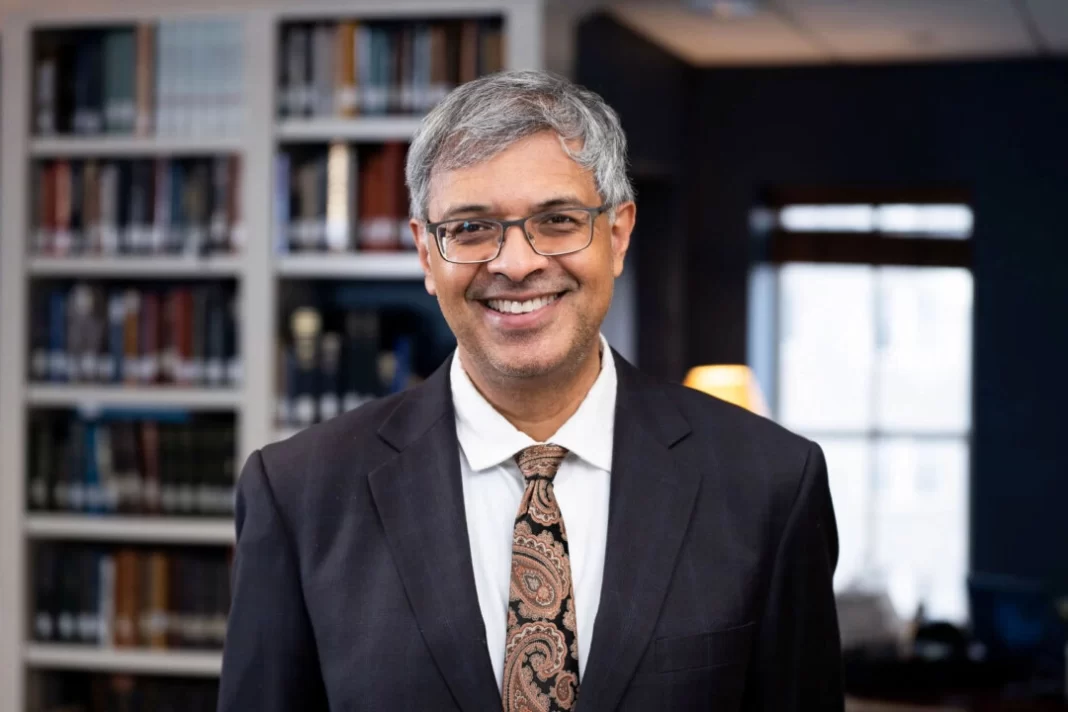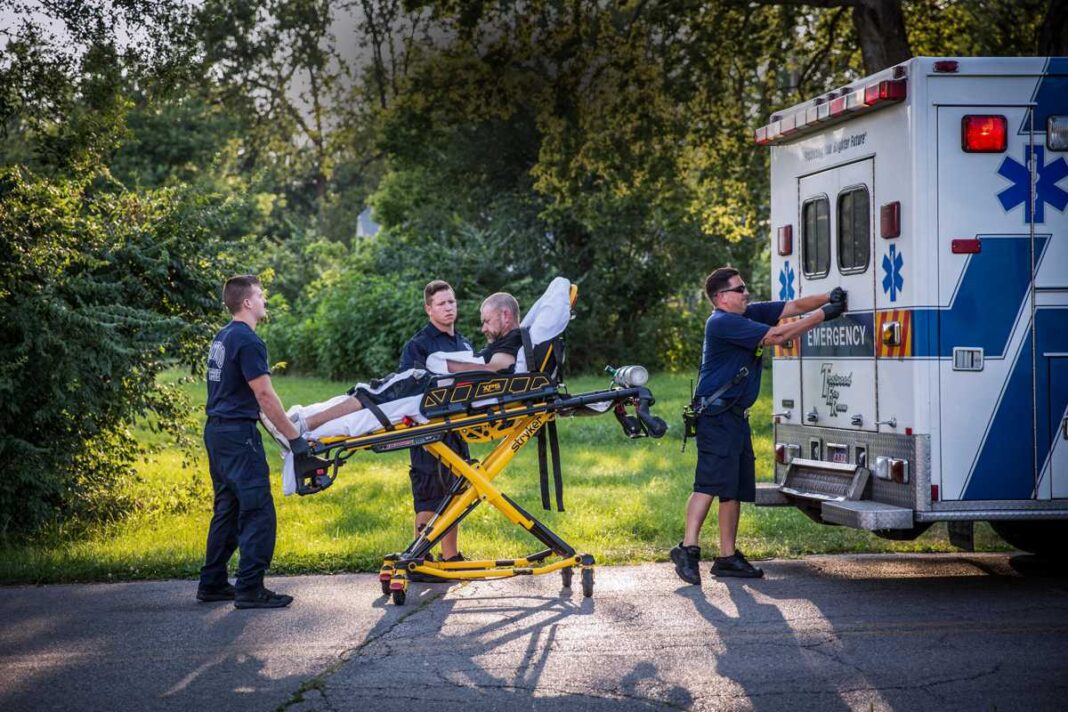Whenever the holiday season comes upon us, annual traditions and thanksgiving activities are a blessing, indeed – Hanukkah, Christmas. Family events center around each special occasion, and Thanksgiving is no exception. Yet, while this celebration is quite common for American households, and we grow up anticipating the turkey, stuffing, apple pie (“Now, I’m hungry!”) – the proverbial sigh “after its done” — many of us remain curious about how this ritual began — the “origin story” of this beloved holiday.
Early on in school, we learn to equate Thanksgiving with a feast between Pilgrims and Native Americans. But there is additional background surrounding this holiday that isn’t typically taught or highlighted. Did you know there is a “Mother of Thanksgiving,” and that its recognition can be traced back to the founding fathers of the United States?
Thanksgiving is the quintessential American holiday, and we celebrate it annually on the fourth Thursday in November.
But there is more to this celebration — this annual ritual – than just “turkey and dressing.” Thanksgiving is commonly known as a way to commemorate the colonial Pilgrims’ harvest meal in 1621, which they shared with the Wampanoag Indian tribe, who “were key to the survival of the colonists during the first year they arrived in 1620.
As years passed, designating feasts dedicated to giving thanks “on an annual or occasional basis” became common practice in other New England settlements as well. A tradition had begun to take shape.
Besides the original meal shared in 1621, Pilgrims held a second Thanksgiving in 1623 to celebrate the end of a long drought. Yet, technically, the first official designated Thanksgiving was celebrated much later — in 1789. According to the National Archives, Congress asked President George Washington for a national day of thanksgiving. Thursday, November 26, 1789, was, therefore, declared (original spelling):
“Day of Publick Thanksgivin.”
This, America’s National Day of Thanksgiving, is about reflecting on blessings and acknowledging gratitude. After all, President George Washington’s 1789 Thanksgiving Proclamation included its stated purpose:
“Whereas it is the duty of all Nations to acknowledge the providence of Almighty God, to obey his will, to be grateful for his benefits, and humbly to implore his protection and favor—and whereas both Houses of Congress have by their joint Committee requested me ‘to recommend to the People of the United States a day of public thanksgiving and prayer to be observed by acknowledging with grateful hearts the many signal favors of Almighty God, especially by affording them an opportunity peaceably to establish a form of government for their safety and happiness.’”
We can all thank the “Mother of Thanksgiving,” writer and editor Sarah Josepha Hale, for successfully establishing Thanksgiving as an annual national holiday. As a long-time editor of the magazine Godey’s Lady Book, Hale frequently wrote about this already-popular (yet unofficial) autumn tradition. She also lobbied state and federal officials to create a “fixed, national day of thanks on the last Thursday of November.”
After that first established Thanksgiving in 1789, the dates and months of subsequent Thanksgiving holidays varied. It took almost another 100 years for one clear date to be established. We owe the latter to the efforts of Ms. Hale. She eventually penned a letter to President Abraham Lincoln on September 28, 1863, requesting the last Thursday in November be designated a day of Thanksgiving for the whole country. In response, President Lincoln declared on October 3 that this would, in fact, be the case. He explained that “in the midst of a civil war of unequaled magnitude and severity, the American people should take some time for gratitude.”
These yearly celebrations continued in this tradition until 1939. That August, President Franklin Roosevelt (FDR) announced that Thanksgiving was going to be celebrated a week earlier, saying that “merchants would benefit from another excuse for shopping between Labor Day and Christmas.” This caused some controversy throughout the next few years, splitting almost half the nation between the two dates. FDR ultimately reversed his decision in December of 1941, signing the resolution from Congress that declared Thanksgiving would go back to being celebrated on the fourth Thursday of November from then on.
The Real Roots of Thanksgiving
Before they’re served piles of turkey and pie, kids often hear the story of the first Thanksgiving – how Pilgrims and Native Americans came together to feast and count their blessings.
But most aren’t told that native people likely outnumbered English colonists 2-to-1 at the harvest feast in 1621. Nor do they usually learn just how much Pilgrims relied on the native Wampanoag tribe during those tough early days for survival.
New archaeological work at the town’s original Pilgrim settlement has unearthed more artifacts from native American culture than previously found.
The discovery provides more context to a Dec. 11, 1621, letter written by Edward Winslow, an early Pilgrim, to a friend back in England that offers clues about the feast that became known as the first Thanksgiving.
Winslow wrote that Wampanoag leader Massasoit “with some 90 men” joined the colonists for a three-day feast. About half of the 102 Pilgrims who arrived the year before died the first winter, meaning native people would have nearly doubled the 50 or so Pilgrims at the 1621 event.
Winslow’s letter detailed a successful first year of harvest for the Pilgrims, with 20 acres of corn and six acres of barley. Peas didn’t fare so well.
He does not use the term “Thanksgiving” but describes a three-day feast with Massasoit and his men to “rejoice together, after we had gathered the fruit of our labors.”
The 1621 feast was almost an entirely male affair.
Only four married women were living in Plymouth when the feast was held, according to Plimoth Plantation, after so many died from sickness and disease during the colony’s first year.
As for the 90 native people, the Winslow letter refers to Massasoit and his “men,” but no women. The letter refers to “others” who attended the feast, but Begley said it’s unclear who they were.
One of the Pilgrim women was Winslow’s wife, Susanna White Winslow. The Pilgrim Hall Museum counts 53 Pilgrims overall at the feast: 22 men, nine adolescent boys, five adolescent girls and 13 young children.
Preparing the meal, like any other day, would have been the responsibility of the women and children. About 140 are thought to have joined the first Thanksgiving meal.
The American Spirit
The Wampanoags were being harassed by another Indian tribe to the West, the Narragansett.
Making peace with the Pilgrims afforded security for the Wampanoag. An agreement was struck for the benefit of both Pilgrim and Wampanoag. The latter would help the settlers survive the winter and the Pilgrims would be a deterrent for the Wampanoag against their nemesis to the west.
The two groups sat down and talked about survival and thus peace. Ultimately, they came up with 75 years of peace — the longest-standing peace known within this country.
As we celebrate Thanksgiving this month, let us remember the many blessings of God upon our shores and gratitude for the contributions of the Native American people early in our history which (in many respects) allowed our past to have a future in this land of plenty – which we call — the United States of America.





